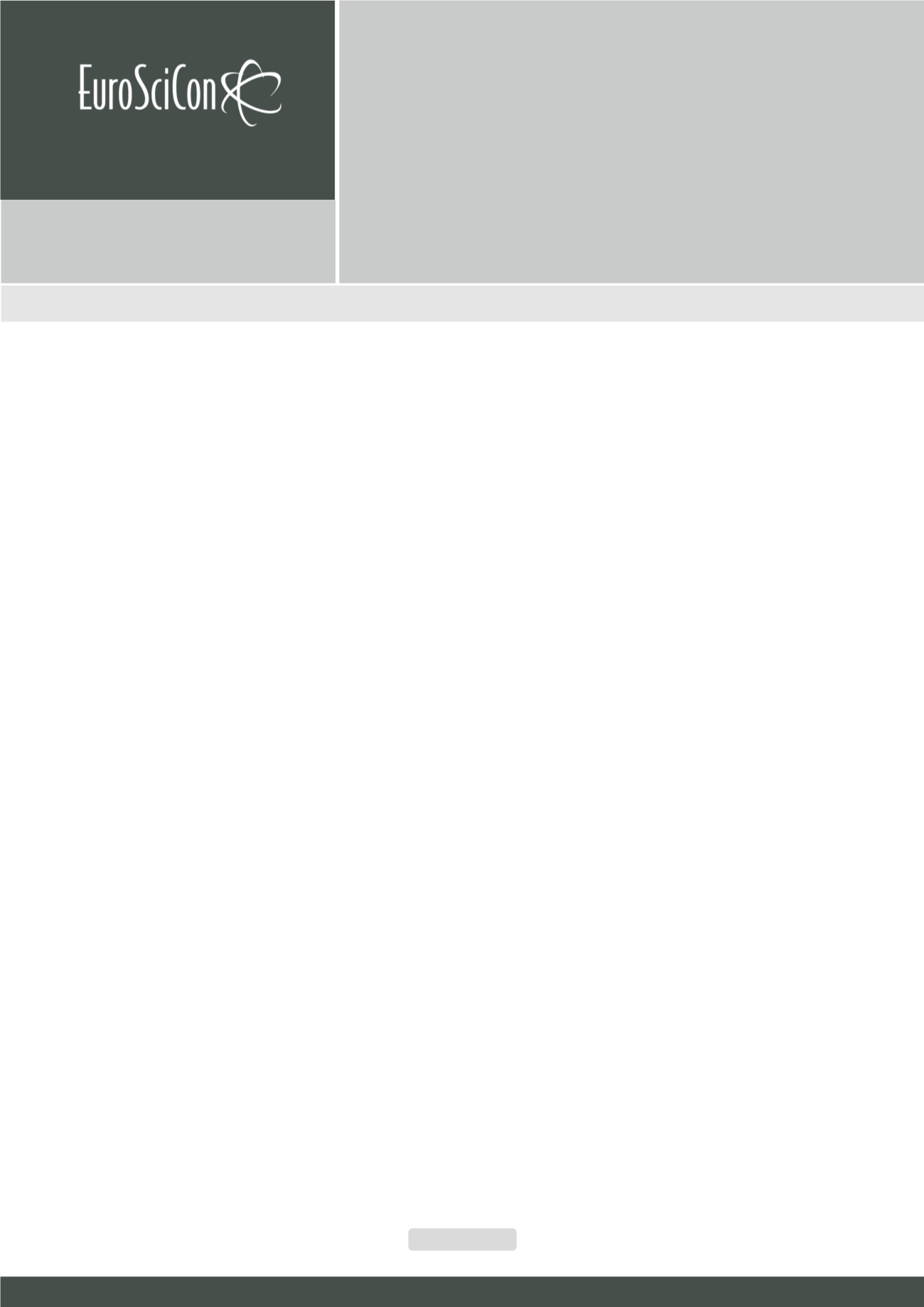

Page 41
JET 2018
ISSN: 2319-9873
I n t e r n a t i o n a l C o n f e r e n c e o n
Structural and Civil Engineering
Research
O c t o b e r 0 1 - 0 2 , 2 0 1 8
Am s t e r d a m , N e t h e r l a n d s
Civil Engineering 2018
I
n this paper, a review of optimal analysis of structures is presented. Analysis is called optimal if the corresponding structural
matrix (stiffness or flexibility) is sparse, well-structured and well-conditioned. Associating graph models to structural models
transform the formation of structural matrices to those of the graph matrices. This not only provides a powerful means for
the formation of matrices with the aforementioned properties but also makes the swift analysis of structures feasible. Many
space structures and finite element models are either symmetric or regular. A structure is called symmetric or regular if it can
be modelled as the product of graphs. Four well established graph products consisting of Cartesian, strong Cartesian, direct
and lexicographic products are defined by mathematician and utilized for configuration processing of space structures. Many
theorems are also proven for matrices. However, to include more general models, the existing graph products have been swift
eigen solution of graph matrices like adjacency and Laplacian generalized by the author and colleagues. These generalized
products have to be utilized in linear algebra to increase the utility of the graph products in science and engineering. In this
paper, the recently developed methods for swift analysis of symmetric and regular structures for optimal design by metaheuristic
algorithms are presented. These methods facilitate optimal design of the structures, where analysis should be performed hundred
and even thousands of time. This results in substantial reduction of computer storage and time for large scale structural models.
alikaveh@iust.ac.irOptimal analysis and design of structures
A Kaveh
Iran University of Science and Technology, Iran
JET 2018 Volume: 7
















